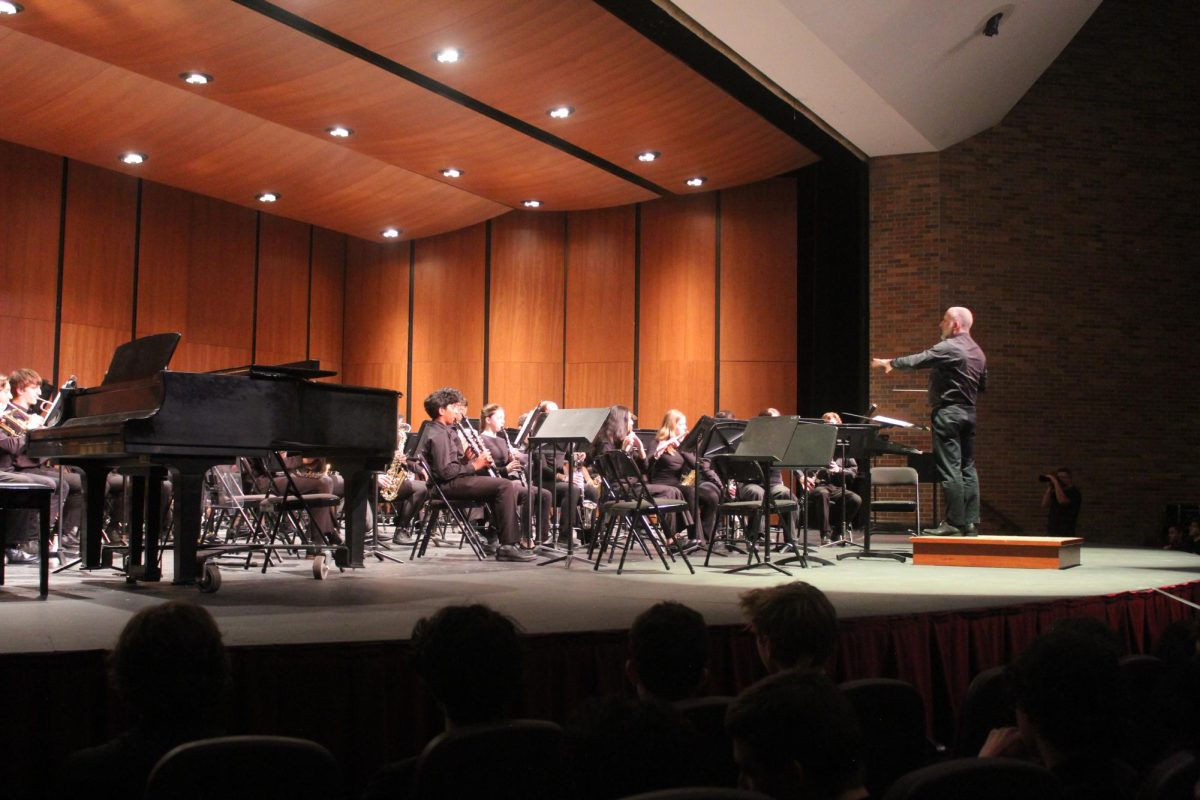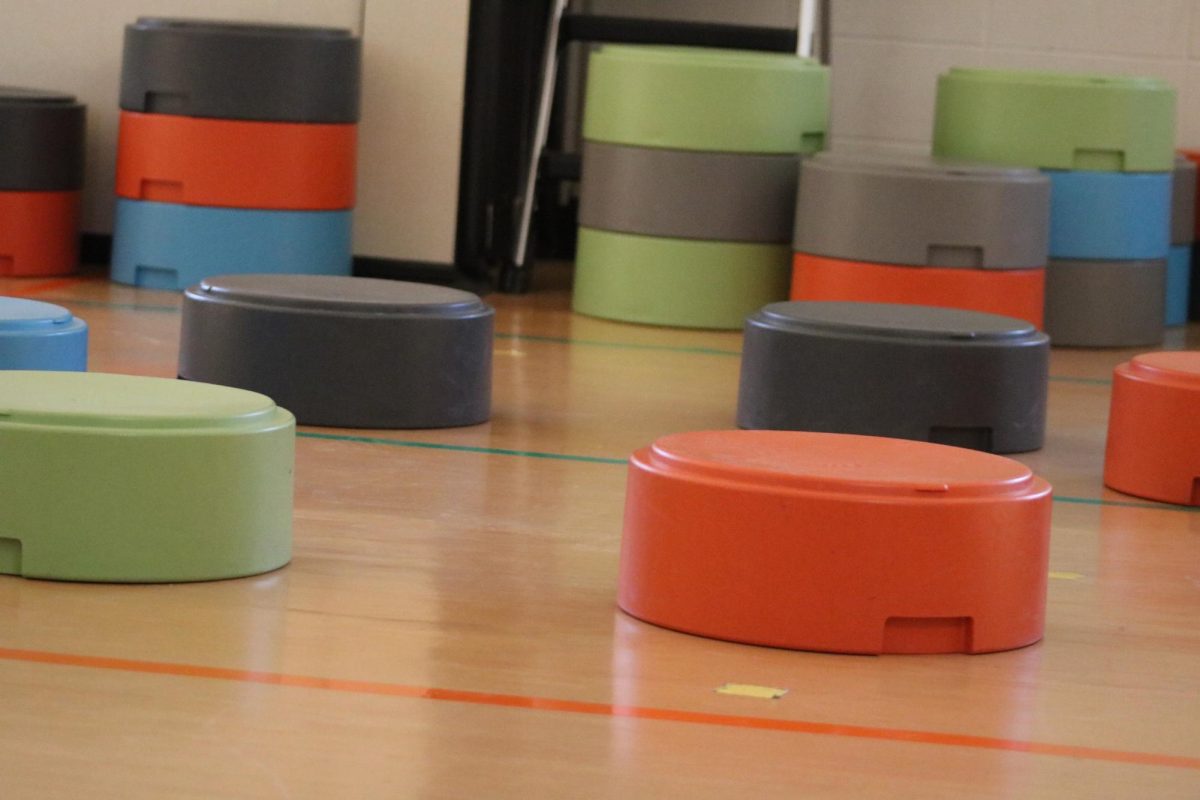At every point in my adolescent life, through middle school and into high school, I have been told quite blatantly that drugs are bad. Whether it be through cramped assemblies during red ribbon week illustrating how drugs will detriment my future, backed by motivation of stickers and twizzlers, or through endless chapters on drugs in health class, the point has always been made. And it’s correct too, right? It’s a pretty simple, universal message: they’re addictive, dangerous and expensive, constantly working to ruin your life and leave you as another burnt out victim. But that wasn’t even the worst of it; the most chilling part was being told from the start of all of it that, without a doubt, I would encounter drugs some way in high school. Now, if one steps back to see the overview of this forced horror story, how would things change if suddenly that substance of terror was one of the newest and most popular medicines in the United States? Initially, this makes no sense, not only in the fact that I may have been taught wrong for the past decade or so, but that a school system that I owe my entire childhood and adolescent education to dared to group marijuana next to a plethora of far-from-medicinally useful substances.
Within the past 18 years, starting with medical legalization in California in 1996, this country has been making huge advancements toward approval of medical marijuana and marijuana in general. Since this one state, 19 others, and Washington D.C., have voted on, and passed, the right to use marijuana as a viable source to help many medical conditions. While less than half the country may not seem incredibly significant to a nearly two-decade effort, it is actually wildly impressive considering one of the biggest steps in the process was breaking down the stigma surrounding cannabis in America. And even now, that is still one of the biggest issues facing aspiring legal states. But judging by the rapid influx of medically legalized states, nine new states in only the last five years, many only got here by very narrow margins, passed only because the pro-green supporters managed to outvote their competitors by as little as a tenth of a percent.
At a more local level, Illinois became the nation’s most recent addition to medical marijuana states after Governor Pat Quinn signed the legalization bill into a law on August 1. The law will take effect on January 1, 2014, but also happens to have some of the strictest regulation laws in the U.S. regarding this new medicine.
As stated by Crain’s Chicago Business, candidates for the medication not only must have a longstanding relationship with their doctor in order to be issued their medical card, but also must be suffering from one or more of 35 diseases and disorders. These include anything from cancer and HIV to complex regional pain syndrome, a nerve disorder, and Tourette’s syndrome, and patients will be limited to two and half ounces of marijuana every two weeks. While Illinois seems very determined to keep a strict system, many expect it to loosen up to the point where it reflects many other more lenient states.
“I think its going to be a very tight system until they realize they’re not going to make money, so they’re going to have to lighten up on the restrictions, and within a couple of years…it will become pretty much, in essence, California,” said sophomore Andy Benish. Benish makes this connection to California because of it’s very relaxed system, where ailments that merit prescription are not tightly regulated and can include things like anxiety and insomnia.
The first dispensary that has opened up in Illinois is located in Chicago near Wicker Park. It is called Good Intentions and, according to CBS Chicago, while it is not yet able to dispense medicine, it has already opened up, received over 1,000 calls from potential patients, and has began setting up licenses with patients.
While medical marijuana is in no way going to be openly integrated into the Libertyville community, the potential local impact has still been a worry. “I don’t think its going to impact our school campus or climate at all,” said School Resource Officer Robert Uliks. “Either you have the prescription and it’s for a specific reason or you don’t, there’s no grey area.”
Although this is true, one must still assess to what extent marijuana is currently an issue at LHS. The student assistance program coordinator, Damian Kulikowski was able to provide some insight. While the actual percentage of students who indulge into recreational marijuana use is, and most likely always will be, unknown, he was able to make a judgement based on previous surveys and general observation of the school. According to Kulikowski, when simply stated, it does seem like marijuana is a pretty prevalent issue to LHS; while surveys from February 2012 reveal student usage to be about 14 percent, actual usage seems to reach much higher.
The real issue is the availability and easy access to the drug to an average student. Yes, Illinois does have some of the strictest medical marijuana laws in the country, but to many, that may just seem like another barrier to break down in the desire for more and for better marijuana to be pulled into the black market system of recreational use.
Even if one is able to inquire that marijuana is an issue to LHS, it generally has not shown through in the legal repercussions. According to Officer Uliks, only two incidents out of six random drug searches were recorded and neither resulted in finding an actual substance.
As the idea of medical marijuana blazes through state after state, one of the most glaring deterrents is the question of pot’s actual medical value. Surprisingly, there is not an actually high amount of scientific research to back marijuana’s wide medicinal value, at least not enough to convince many states and scientists. According to last month’s Chicago Tribune, this is partly due to the fact that it is federally classified as a schedule I drug, defined by the Drug Enforcement Administration as “drugs with no currently accepted medical use and a high potential for abuse.” This puts it right alongside drugs like LSD and heroin. If it were to be changed to a schedule II drug, defined as dangerous but with potential medical value, the research towards assigning different strains towards different ailments would become much more sound.
A good amount of the current motivation towards medical marijuana is personal testimony. In Illinois, the fact that thousands of different patients called in to state representatives to say they were using the drug illegally because it was the only successful medication they found was enough to convince many to push for its legalization. Although these testimonies are a significant amount of evidence, many remain uncertain because of the hundreds of unidentified compounds in marijuana with unknown uses.
Further into the uncertainty is the fact that, when smoked, one still inhales tar and other carcinogens from the crude combustion of the dried plant. Fortunately, many other safer alternatives exist. Marijuana can be administered by vaporizers, food made with marijuana, THC pills, and many other unconventional ways.
As the country’s progression towards more and more legalization of cannabis is seen, the next few decades could put us into a world very accepting of marijuana.



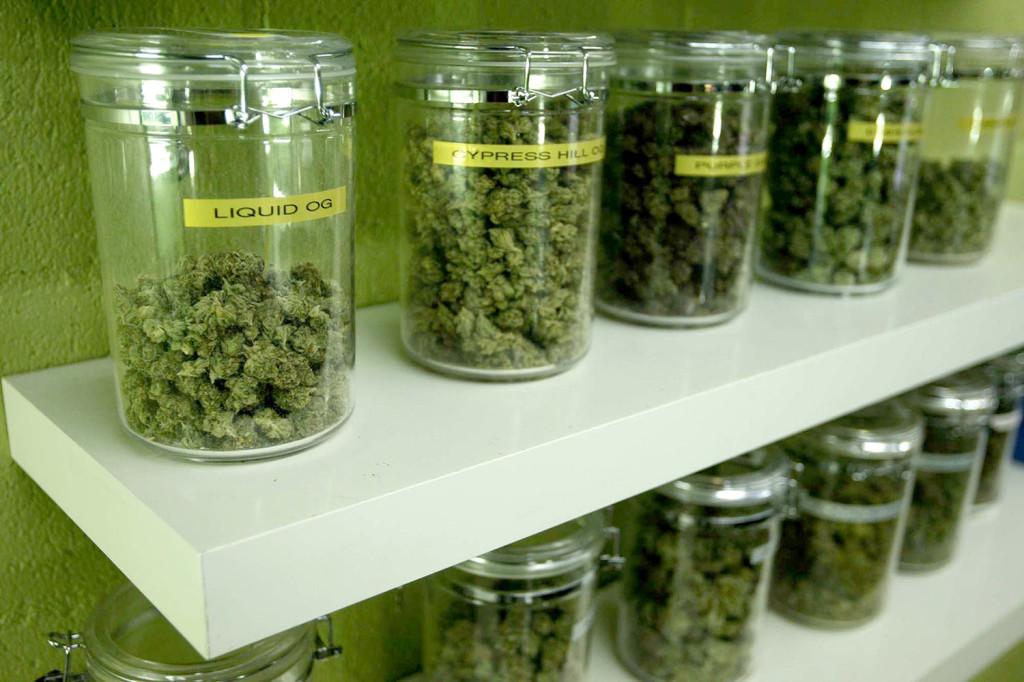

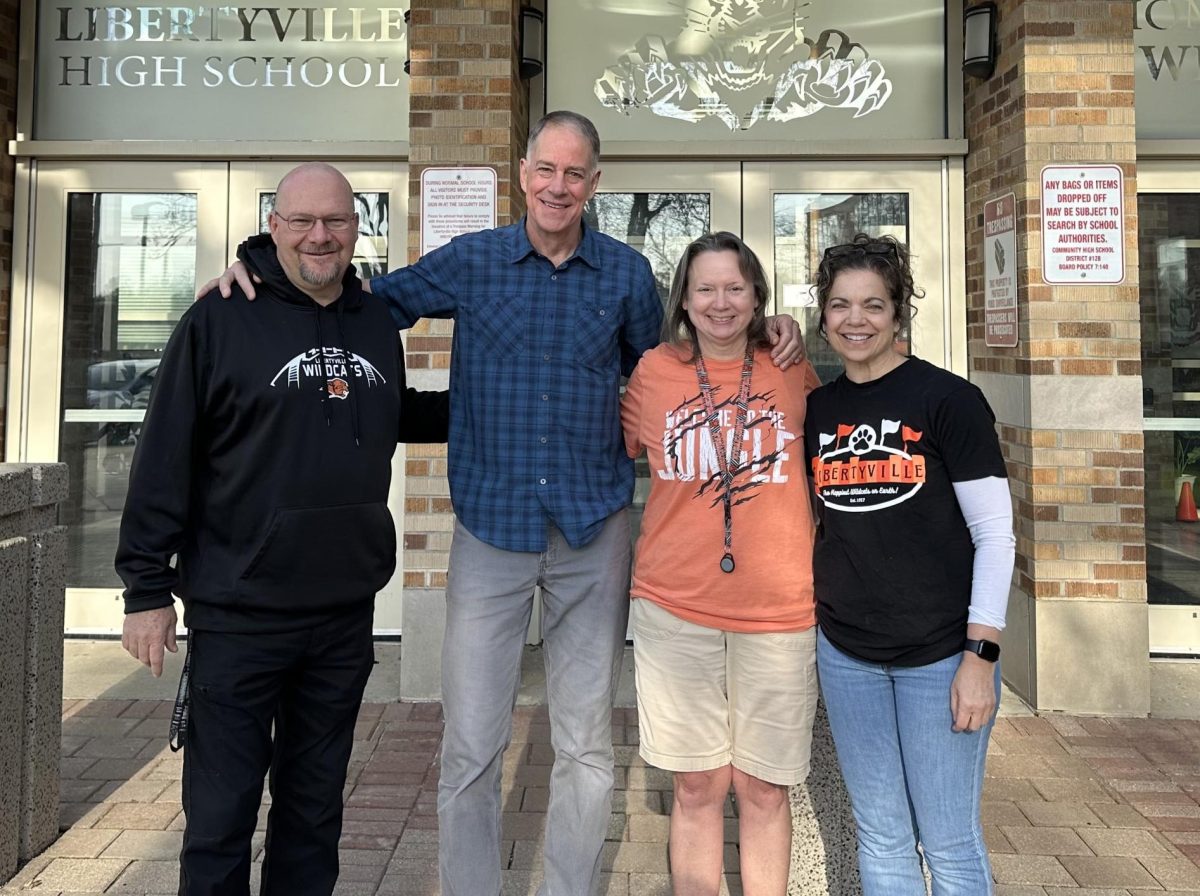

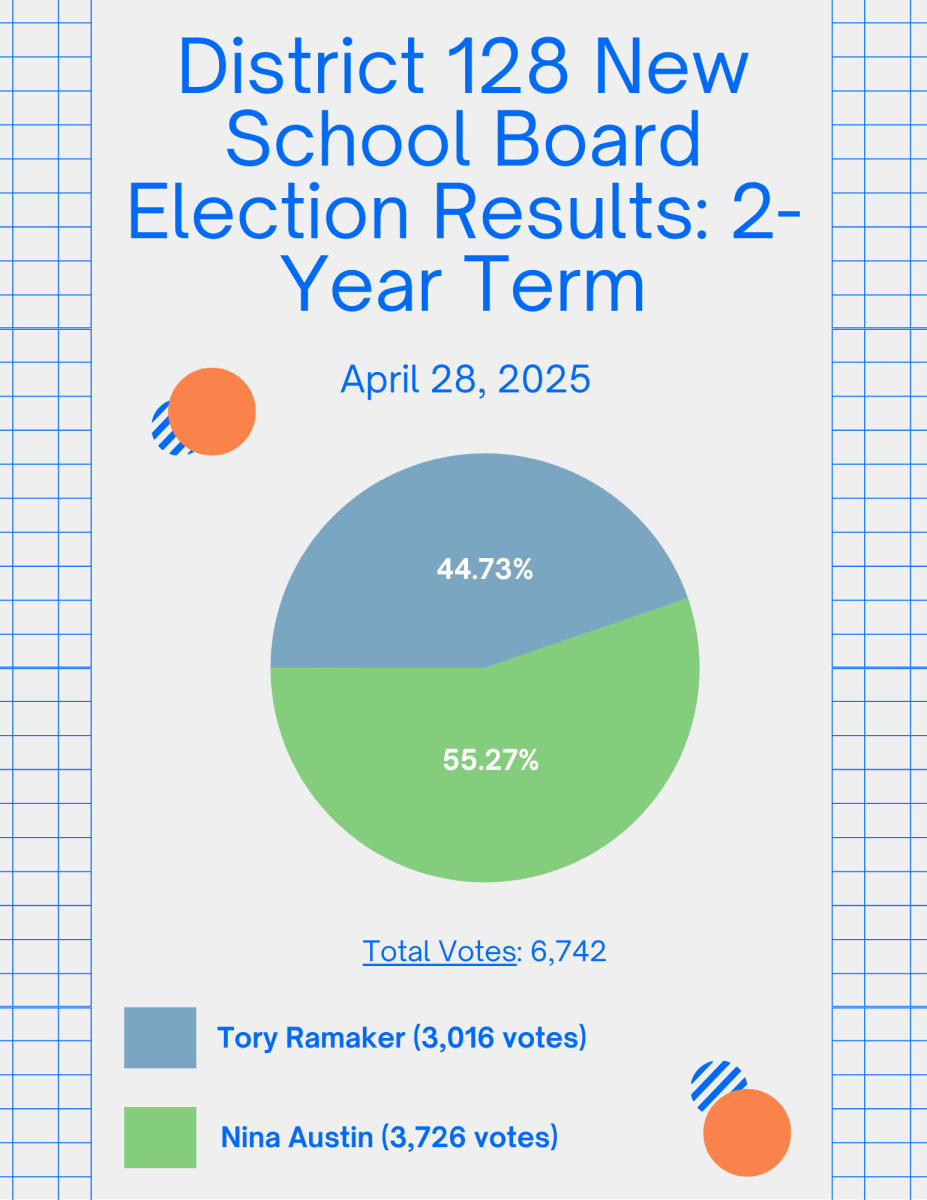
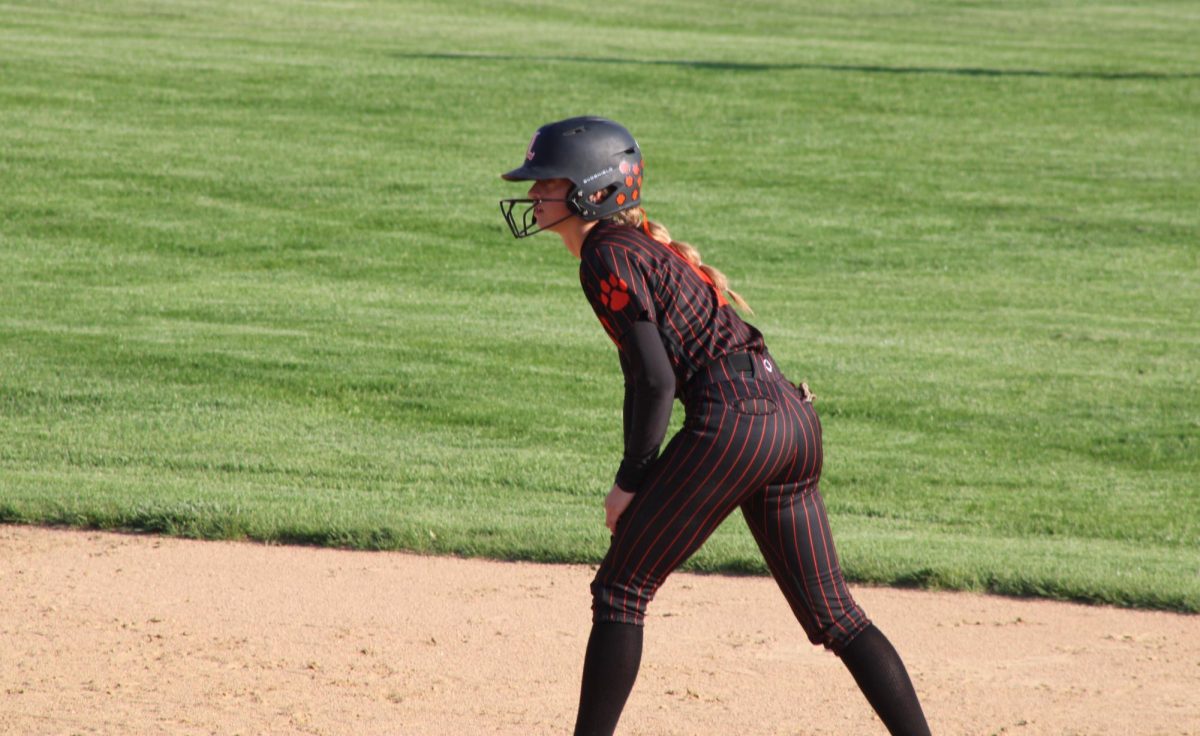
![Senior River Thompson joins the Jazz Ensemble by singing “That Old Black Magic” by Mercer and Arlen Arr. Mark Taylor, along with senior Annie Brody on guitar and junior Thomas Teixeira on bass, earning big applause. “[The concert had] great energy because it's the last [jazz concert] of the year,” Brody said.](https://www.lhsdoi.com/wp-content/uploads/2025/04/Eight-That-Old-Black-Magic-1200x800.jpg)
